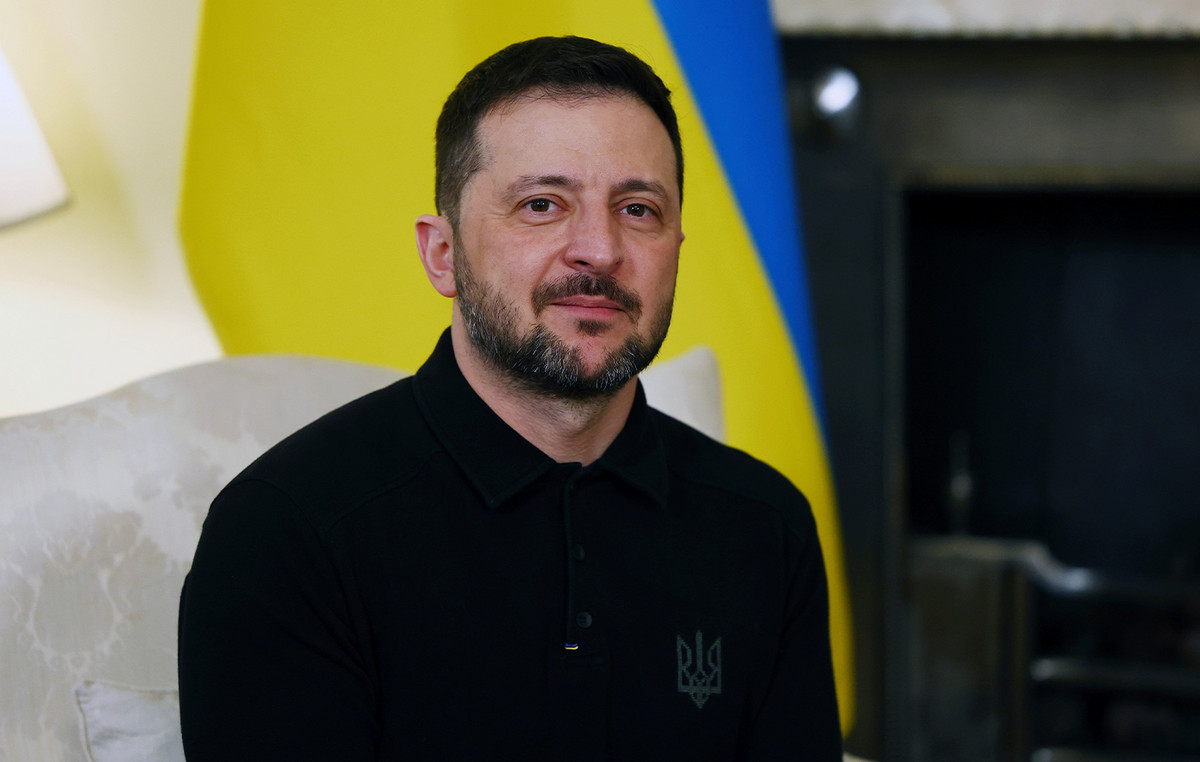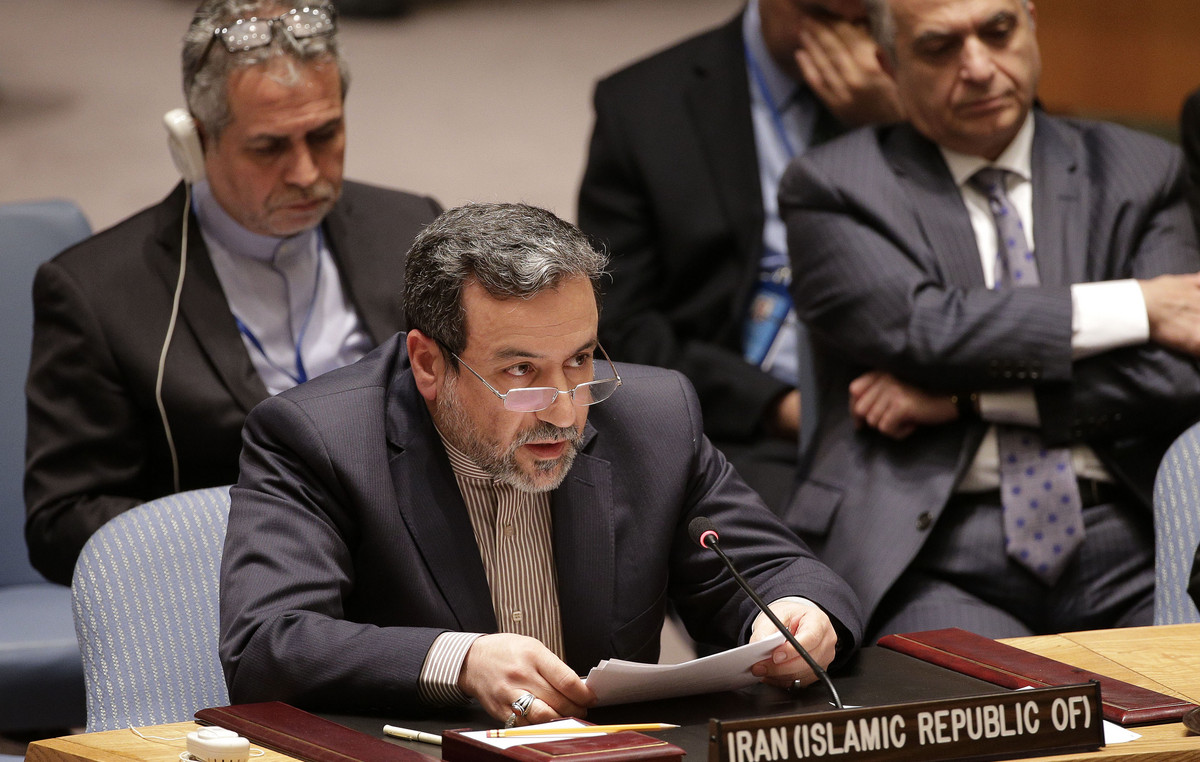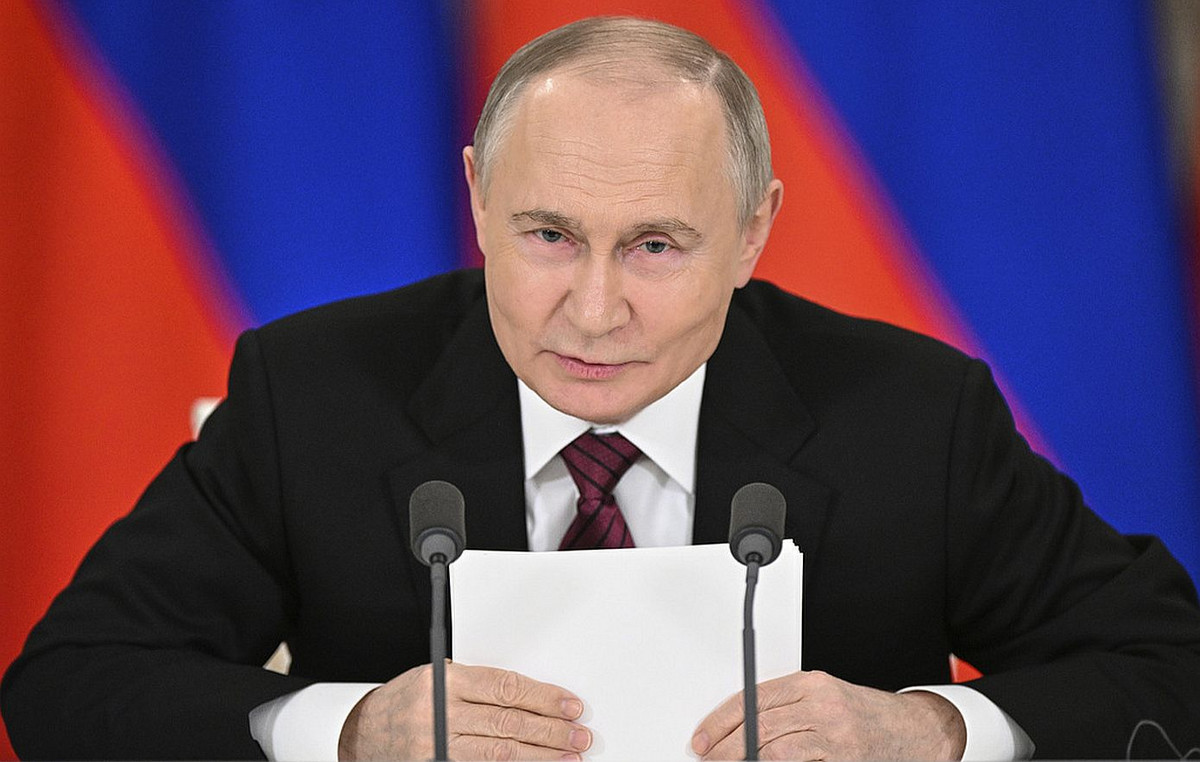Cyclones are storms that form in areas of low pressure. In other words, they present lower pressure than their neighboring areas of the same level, and are generated by the convergence of the winds. This situation results in winds moving clockwise in the Southern Hemisphere.
The arrival of cyclone Yakecan in Brazil on Monday (16) left the country on alert for a week of low temperatures and the possibility of rain and strong winds, especially in the South and Southeast.
According to the National Institute of Meteorology (Inmet), wind gusts can reach 100 kilometers per hour.
types of cyclones
According to the Center for Weather Forecasting and Climate Studies (CPTEC), of the National Institute for Space Research (Inpe), cyclones occur mainly over the oceans, generally in tropical regions. [entre os trópicos de Câncer e Capricórnio]can last several days and travel over long distances, becoming, in some cases, very intense.
There are also cases in which these phenomena occur outside tropical regions. When they occur outside these zones, they are called extratropical cyclones.
In tropical events, energy comes from the evaporation of seawater. In the extratropics, there is an associated cold front. The winds are weaker and the energy comes from horizontal thermal contrasts, that is, a mass of cold air next to a mass of warm air.
winds
CPTEC explains that the best-known scale, based on wind speed, includes levels.
Tropical cyclones have winds of up to 119 km/h. When they reach more than 119 km/h, cyclones are classified as hurricanes. The intensity of hurricanes is measured according to the pressure at the center and also by the wind speed.
When it occurs in the eastern Pacific Ocean or the Atlantic Ocean, the phenomenon is called a hurricane. However, when it happens in the western Pacific (more specifically in Asia), it is called a typhoon.
These events are different from tornadoes, which are rotating, funnel-shaped winds. Typically, tornadoes are formed on land, with a diameter (close to the ground) of up to a few tens of meters.
The CPTEC says that the tornado is considered the most destructive weather phenomenon, as the wind speed can exceed 400 km/h, but compared to hurricanes, it reaches much smaller areas and lasts for less time (from a few minutes to about one hour).
Cyclone Yakecan left at least one person dead in Rio Grande do Sul until Tuesday night (17).
In Porto Alegre, classes were suspended on Tuesday during the afternoon and evening shifts were suspended. According to the city hall, the decision “protects students, teachers and staff”. The municipal health area is also being affected.
Source: CNN Brasil







